There is a good bit of news to those who are into solar, like me. In South Africa, a recent study showed that solar power is now cheaper than power from South Africa’s bumbling power utility Eskom. This does not bode well for Eskom and should serve as a warning to our own power monopoly ZESA.
What the research says
NuPower a South African solar and renewable energy company crunched some numbers and this is what they found:
- An average South African household uses about 30 to 40 units of power where one is equivalent to one kWh per day
- For this household to go off-the-grid without it getting any power from Eskom it would need to spend about R220 000 (about US$15 000) as an initial investment
- This will be enough to buy a top of the range system which has:
- A 5 KVA Victron Hybrid Inverter,
- Two 48V Lithium Phosphate batteries with 100Ah
- About sixteen 330 Watt panels or 15 Kw in panels
- A solar water heating panel fitted to a geyser to reduce the geyser’s power consumption
- Such a system would be able to produce between 27 to 37 units of power per day
- The system would provide a return on investment of about 9-12% during its first year
- It would have a lifetime of about 20 years
Now here is the maths part. If we divide the cost of such a system by the estimated power it will generate over its lifetime we get the estimated cost of each unit that it will produce. According to the numbers above we get:
R0.0814 per unit or about US 5.5 cents
Now that is less than half of what Eskom is charging per unit! If we ran the same numbers for Zimbabwe we would get pretty similar results. Thanks to years of government greed, incompetence, inefficient power production in these monopolies are now charging more than you would pay using solar.
If you are such a heavy user on ZESA you would be required to pay about $10.33 ZWL per unit which is the highest tariff. That translates to about 0.8 US cents even if we assume a generous rate of 115 ZWL per 1 USD. I repeat solar power is cheaper than ZESA in the long run.
In Zimbabwe there is a catch
I have to be honest, ZESA is a complete and utter disappointment. Not just to me, everyone I know says the same. We can all harken back to the dark and torrid existence that was 2019 when we had to endure 18 hours without power.
Even though the dams are full, the problems are not over, we have to contend with a different kind of dilemma: a creaky hydrophobic grid that cannot countenance the whiff of a rainy cloud.
Now that we are going through the wettest summer in recent years most of us have had to spend days waiting for the ZETDC to fix the many faults cropping up and looking at how this county’s infrastructure is crumbling it’s only going to get worse. Underground cables and transformers have been constant points of failure. People have had to spend days in darkness.
So why aren’t people flocking to the solar power bandwagon? Well, there is a pretty big catch. That initial investment is a pretty big barrier to entry for most people. Not a lot of people have US$15 000 lying around somewhere and would therefore require some sort of financing. This is not a problem if you live in a country like South Africa where banks regularly give out loans.
For now, that is ZESA’s saving grace. People have no choice but to stick with it or have no electricity because they simply cannot afford to go solar. However, that is unlikely to stay like that forever. Already in the corporate space, we are seeing more and more companies investing in solar and with net-metering in effect, these companies will be paying much less to ZESA.
In the domestic consumer space, we have seen ingenious startups come up with ways to reduce the initial costs. Senegalese startup Oolu Solar recently got $8.5 million dollars in funding. Like most startups, they provide pay as you go service. Typically these companies provide a solar system for the customer who then pays in instalments for the system. I can see such companies decimating ZESA’s market share.
Solar is coming for you ZESA!
I have been saying it for a while now I am starting to sound like a broken record. There will be a time if ZESA is not careful when ZESA will become about as powerful as TelOne is in the communications sector. Sure the reformed TelOne is great and awesome but the majority of people live their happy lives without needing the company’s service.
It wasn’t always so. There was a time when TelOne was known as the PTC, an omnipotent government communications monopoly. That was before the time of cellphone providers like Econet and Telecel. Nowadays it’s just another Telco fighting for a piece of the pie.



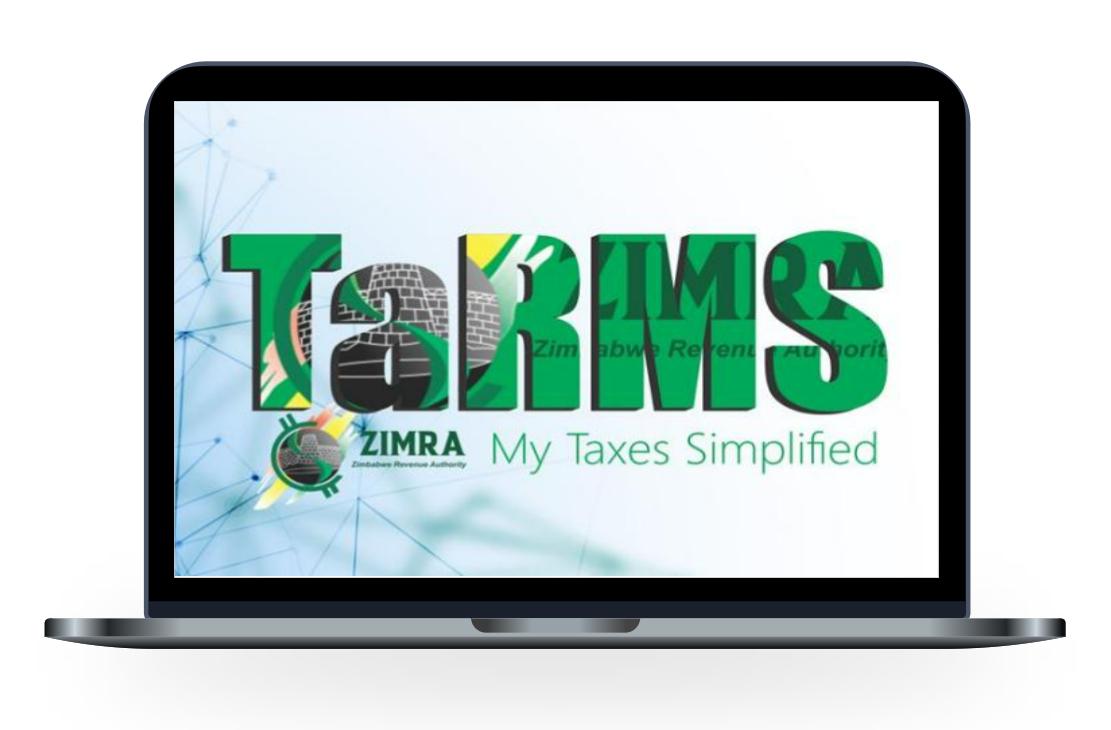

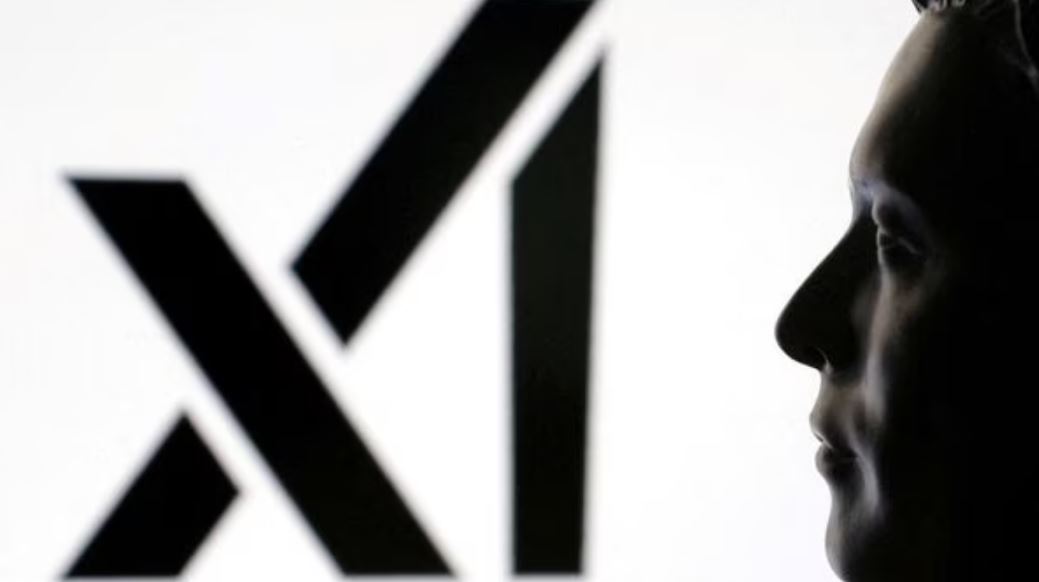
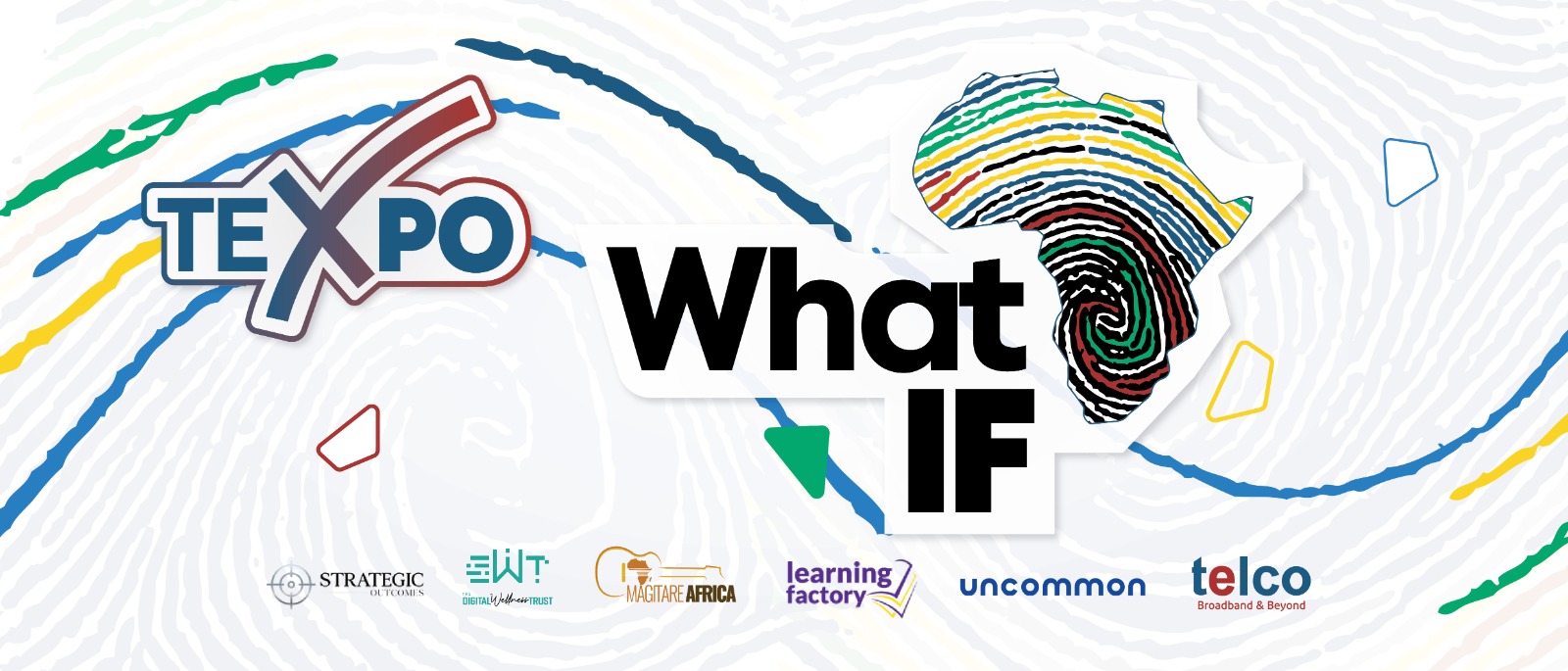
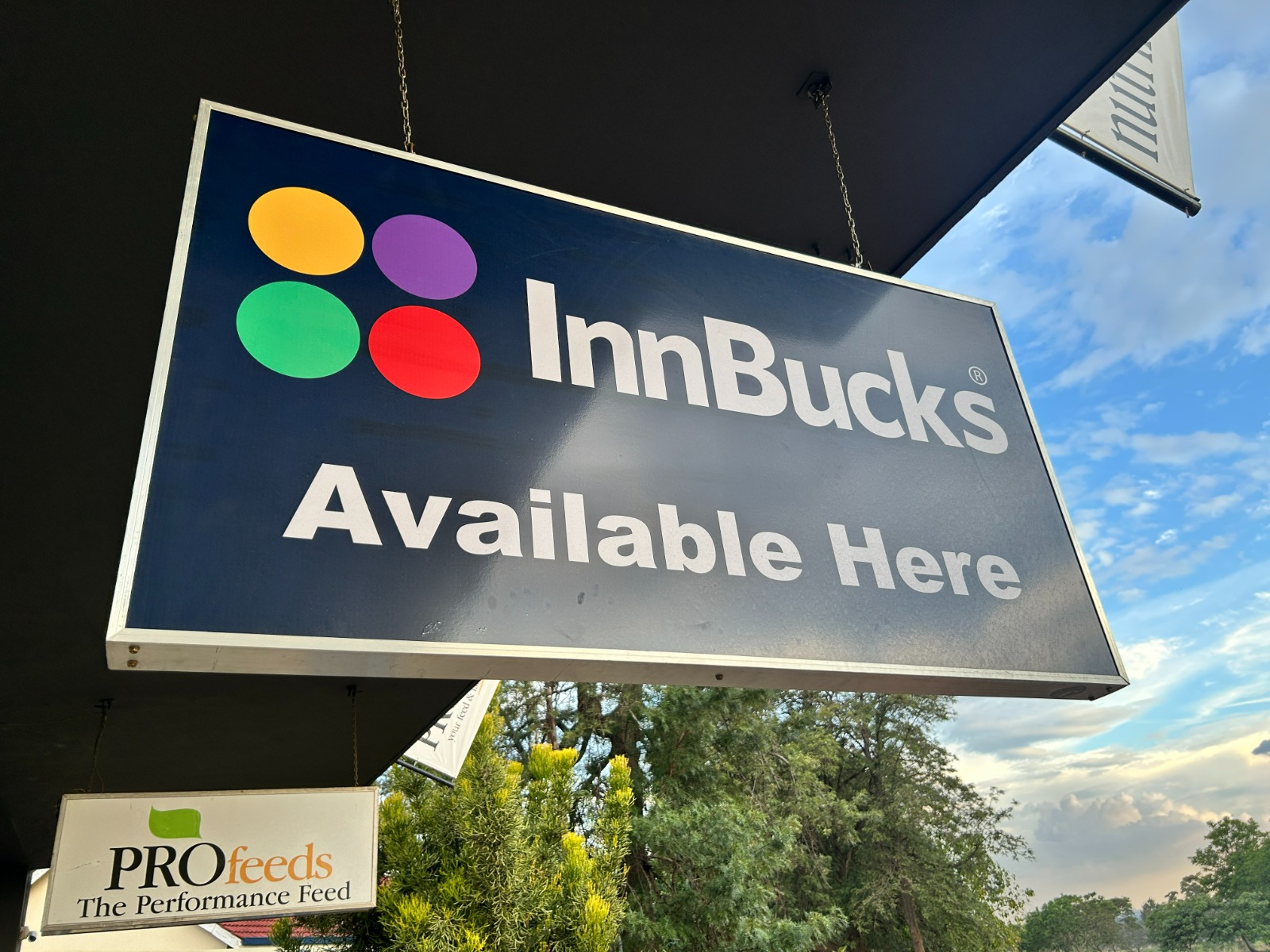
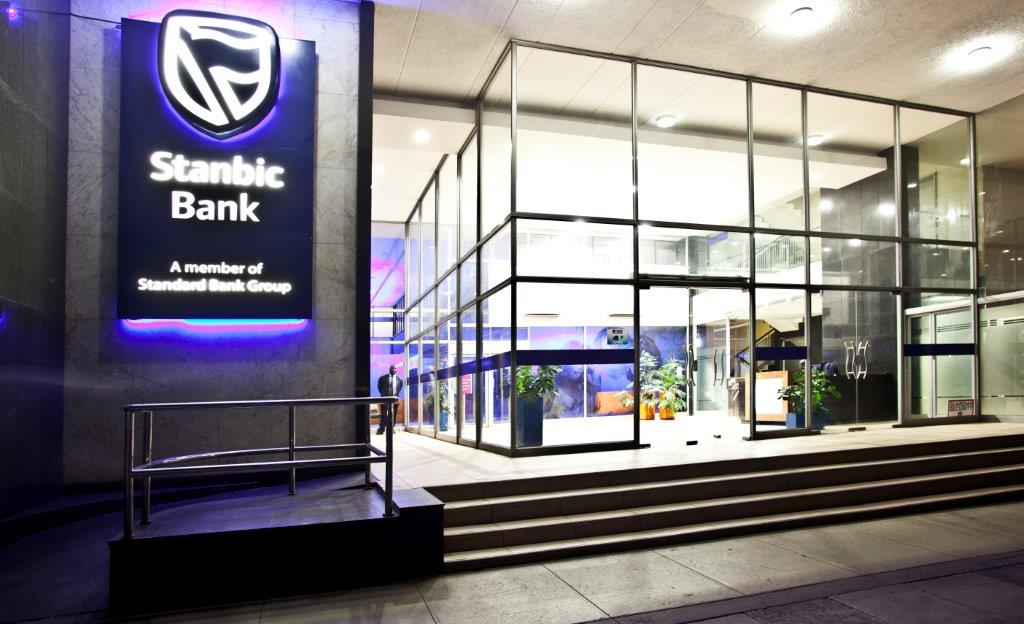

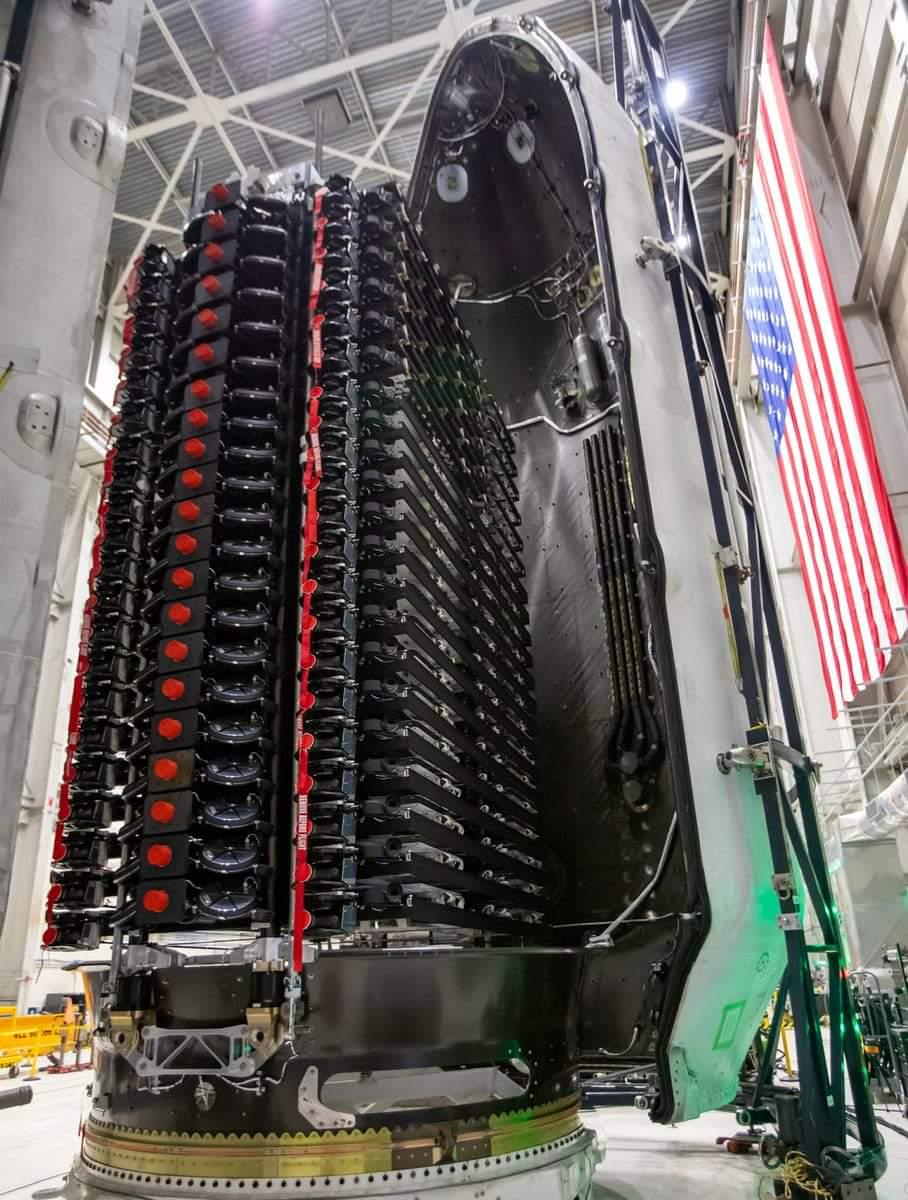
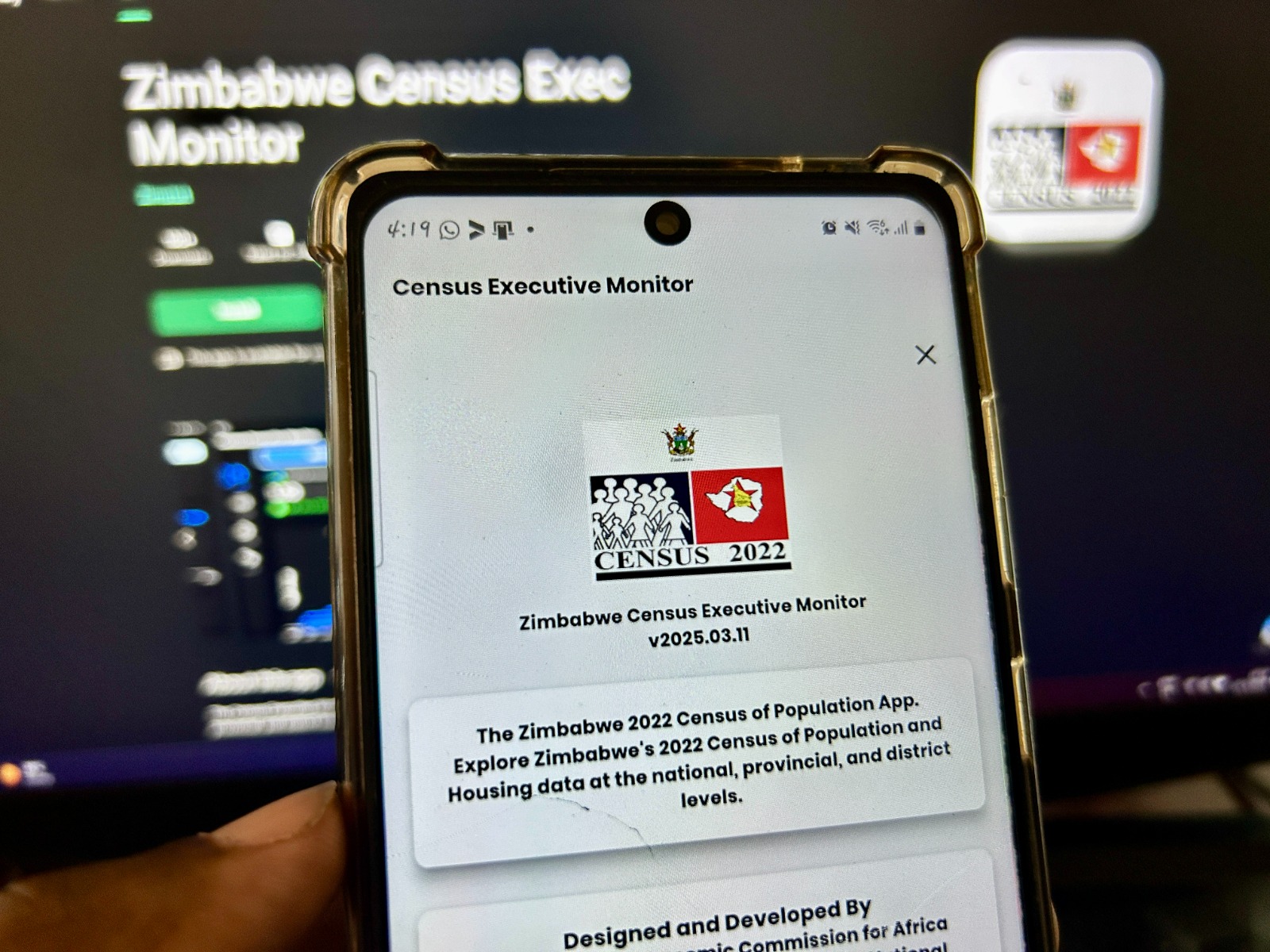


Comments
23 responses
Hi . Your computations did not take into consideration the cost of financing neither did it put into consideration the opportunity cost of investing in solar against investing that amount elsewhere
All these things were done and factored in. In order to make meaningful comparisons we have to do things ceteris paribus we cannot factor every scenario under the sun. We will just end up getting overwhelmed. All computations were done correctly we just abstracted that part as it’s usually beyond the grasp of the common man. The purpose of the article is to highlight a given issue without being a scientific paper on the issue.
Your costing was double, a 5kva system with 16 panels and 2 x lithium batteries would cost you 7k in zimbabwe. Go to eastlea solar companies.
Over 20 years the costs add up. Someone has already pointed out the battery issue. These would need to be replaced at regular intervals to maintain capacity for example. Then there are a host of ither factors in there too.
Hi Tawanda. Hi Tawanda. Is the 5kva in Eastlea comprising a ‘Victron inverter’? That’s a pretty expensive piece of equipment $1700 or so. Are the 2 lithium ion batteries Pylontech or dynesss those are the popular brands in SA a 2.4kw Pylontech costs $900. Most lithium ions sold in Zim are second life batteries
Very poor analysis. The few who manage to meet the initial solar costs will not affect the multitudes relying on Zesa, especially in these tough economic times. The stove is the culprit in most homes which is currently being substituted by gas cheaply.
If you read again you will see the initial cost factor is extensively discussed. It’s not ignored so I wonder where the poor analysis judgement is coming from. There are companies that are moving into this sector to take that away making customers buy units the same way they do with ZESA only instead of only just getting units, a portion of their purchase goes towards paying off their capital debt.
You might have missed something here. He gave an example of Telone. Mobile phones and sim cards were initially very expensive but look at were we are now. One thing is certain,, the energy landscape is changing Solar Ana Wind are the future. In Portugal, for example, cost of $0.0136/kwh were achieved in solar auctions back in 2019
Am not sure if the costing is accurate. A 330W panel costs USD 150 giving 16×150 =USD 2400
5kva victron inverter USD 2600
Lithium battery 2x48vx100ah =USD 5000. I get a price of USD 10 200 using premium parts. You can do less with other brands
1) This was in SA so costs are different
2) This is using super premium parts so as for the system to be reliable
3) Includes financing costs e.g interests and stuff
3) Includes maintenance and other costs
Again I know people want to fault the costing part of the equation but a lot of thought went into it. Also these costs would be on par with the ones in Zim if you factor in the time value of money. Here you pay thay 10200 upfront but you get eye-popping figures when you factor in things like opportunity cost
What about the the racking, wiring, switchgear, installation, cost of finance, inverter replacement after 20 years, batteries 10 years
We can do with less amount for other brands but the catch is will they work same as the most expensive brands obvious no u see in zimbabwe 99 percent of what we call solar energy it’s fake so we don’t get enough out of it that’s why everyone is waiting for Zesa to provide power so it’s not easy to dump Zesa or eskom because this companies are giving power to the communities at half prices what they are supposed to charge untill and after liberilise the whole ernegy sector l mean what’s the need for me to invest 15000 usd on solar power when zesa can provide power half price no need that’s why they is no serious commitment to invest in solar power individually
Not notwithstanding the permutations, calculations and qualifications, there still is a weak link – the batteries. These don’t last anywhere near half the stated 20 years. Until battery technology improves, which it eventually will, I take those figures with a pinch of salt.
Clearly you haven’t met Lithium. I will be doing a series elsewhere. Hopefully you get to read it
Pylontech comes with a 10 year warranty. In any case the final figure $/kwh represents the the levelised cost of energy (LCOE) Which factors in inverter and battery replacement after 10 years
I put my 5kva solar unit, 6 330w panels 4x200AH batteries and 150L solar geyser at a total cost of 3600. 3 years down the line no complains. And am in Zim Harare not sure where you getting those high prices. Now it’s even cheaper with many companies coming in board. Am putting solar powered boreholes at the farm and the whole complex will be solar powered including workers quotas my budget for that is just under 10000 usd.
Again this is a top range system being referred to. With LiFePOE4 for example your cost would double Vitron Energy, plus more panels to boost capacity. … Over 20 years.
I like this article..those with other figures are missing the point..
the point being soon it will be cheaper and sensible to install solar, I have 2x200ah jelly batteries, 3Kia Hybrid Inverter and 4x365W Canadian PV and I am extremely happy
Which inverter brand are you using?
I am not sure of something – 16 x 330W panels = 15kW? 16 x 330 = 5,280, which is 5.28kW. Am I missing something?
This is a good article, it unfortunately that most people wanted it to be exact to their own analysis, the bottom line is solar is better than the rip off power utility companies that are enjoying the monopoly at the expense of the poor . Its an eye opener , do your maths from your side of the town see what best system you can get the fact still remains solar and wind power will be more cost effective in the long-term.
R0.0814 per unit or about US 5.5 cents??
In Zimbabwe we have Samasco solar company in Masasa along Mutare road which sales original goods. I bought my solar equipment half half on terms till I have a full solar system set. I bought an invert on terms, and after finishing the payment I took an MPPT controller and after finishing the payment, I took the panels and lastly the batteries. I am using the system for the past 5 years now lighting a small frigde, TV, wifi, all phone chargers 24/7. Now I need to revamp the solar system from 24v to 48v to power up the whole house Deep freeze, upright fridge, washing machine, water pumb, etc. According to my calculations I need 16 solar panels of 24v 300w each, 4 x 100 Ah lithium ion batteries and an 5kva Hybrid Intelligent Invert with MPPT controller inside. I will go to Samasco again and negotiate for terms it might cost me 12000 to 15000usd.